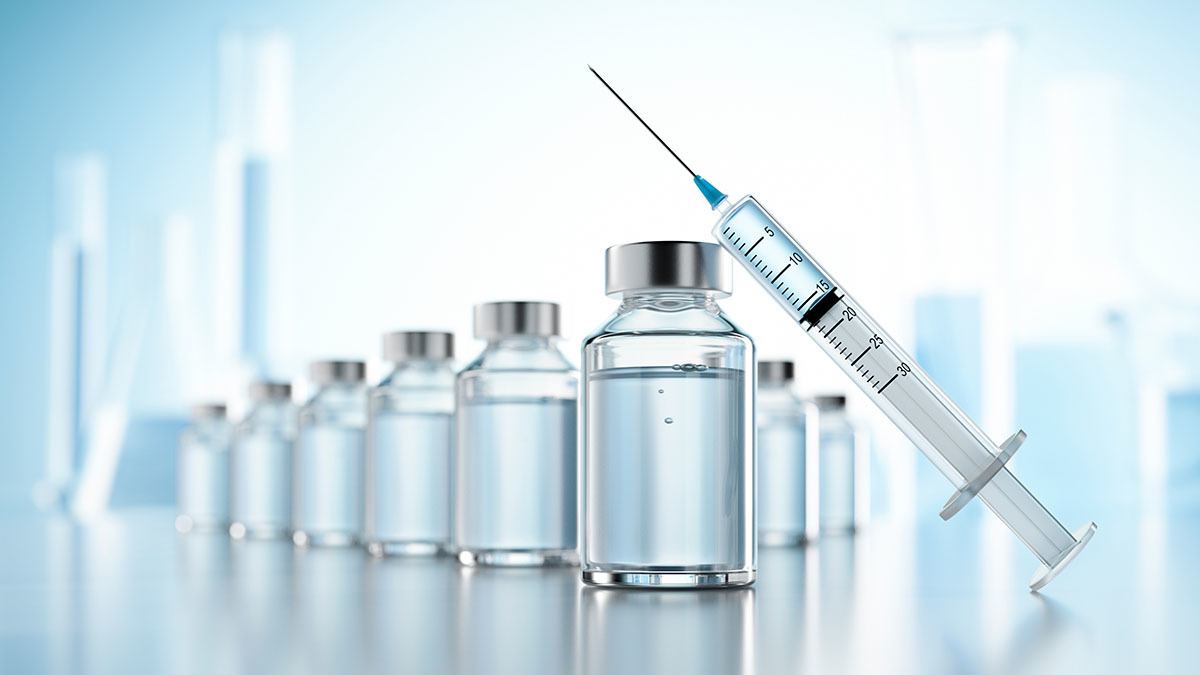USP Nitrosamine Leachables Testing
The detection and control of nitrosamines in pharmaceutical products is a critical aspect of ensuring patient safety. Nitrosamine impurities, especially N-nitroso compounds, have been identified as potential human carcinogens by the World Health Organization (WHO) and the U.S. Food and Drug Administration (FDA). The United States Pharmacopeia (USP) Chapter 1235 specifically addresses the testing of nitrosamines in pharmaceutical products, with a focus on ensuring that levels do not exceed safe limits.
The primary objective of USP Nitrosamine Leachables Testing is to identify and quantify potential nitrosamine impurities in drug product containers and packaging materials. This ensures that any interaction between the product and its container does not lead to unacceptable levels of nitrosamines reaching the patient. The testing process involves multiple stages, including sample preparation, extraction, analysis using high-performance liquid chromatography (HPLC) or gas chromatography-mass spectrometry (GC-MS), and interpretation of results.
Sample preparation is crucial in this process. It typically involves dissolving the packaging material or container into a suitable solvent under controlled conditions to simulate real-world leaching scenarios. Extraction methods vary depending on the nature of the packaging, but common solvents include methanol, acetonitrile, and water. Once extracted, the solution undergoes purification steps such as solid-phase extraction (SPE) or liquid-liquid extraction to concentrate nitrosamine compounds for further analysis.
High-performance liquid chromatography coupled with tandem mass spectrometry (HPLC-MS/MS) is widely used for the detection and quantification of nitrosamines due to its high sensitivity and selectivity. The method involves several steps: sample injection, separation by column chromatography, and ionization followed by fragmentation in the mass spectrometer. This allows for accurate identification and quantification of target compounds based on their characteristic retention times and fragment ions.
Interpretation of results is critical to ensure compliance with USP guidelines. The testing laboratory should report both qualitative (presence/absence) and quantitative data, providing a detailed breakdown of detected nitrosamines along with their respective concentrations. Compliance can be assessed by comparing these values against the acceptable limits specified in USP Chapter 1235.
To perform this testing, we employ state-of-the-art facilities and equipment, including automated extraction systems, high-performance liquid chromatographs with tandem mass spectrometers, and robust data management software. Our team of experts ensures that every step from sample preparation to final reporting adheres strictly to USP standards.
Frequently Asked Questions
Use Cases and Application Examples
- Ensuring compliance with USP Chapter 1235.
- Protecting patient health from potential nitrosamine contamination.
| Compound Name | Detection Limit (ng/mL) | Acceptable Concentration Limits (ppb) |
|---|---|---|
| Nitroso Dimethylamine (NDMA) | 0.1 ng/mL | <5 ppb |
| Nitroso Diethylamine (NDEA) | 0.2 ng/mL | <3 ppb |
| Sample Preparation Method | Purification Technique | Analytical Instrument Used |
|---|---|---|
| Methanol Solvent Extraction | Solid-Phase Extraction (SPE) | HPLC-MS/MS |
| Aqueous Acetonitrile Extraction | Liquid-Liquid Extraction | GigaLC-MS/MS |
Eurolab Advantages
At Eurolab, we pride ourselves on offering unparalleled expertise in pharmaceutical testing. Our team of scientists and engineers brings extensive experience in regulatory compliance and cutting-edge analytical techniques to every project.
- State-of-the-art laboratories equipped with the latest technology.
- A dedicated team focused solely on pharmaceutical testing services.
- Comprehensive training programs for all staff members to ensure adherence to international standards.
We also offer rapid turnaround times, ensuring that clients receive timely results without compromising accuracy or reliability. Our commitment to quality and customer satisfaction is reflected in our consistently excellent track record of meeting deadlines while maintaining high ethical standards.
Quality and Reliability Assurance
At Eurolab, we take the utmost care to ensure that all tests conducted meet or exceed industry expectations. Our quality management system is ISO/IEC 17025:2017 certified, ensuring that our methodologies are robust, reproducible, and traceable.
We maintain a strict quality assurance program that includes regular internal audits, external proficiency testing, and continuous training for personnel. This approach guarantees consistent performance across all projects, whether they involve simple or complex analyses.





